General election 2019: Did students seal Labour's victory in Canterbury?
- Published
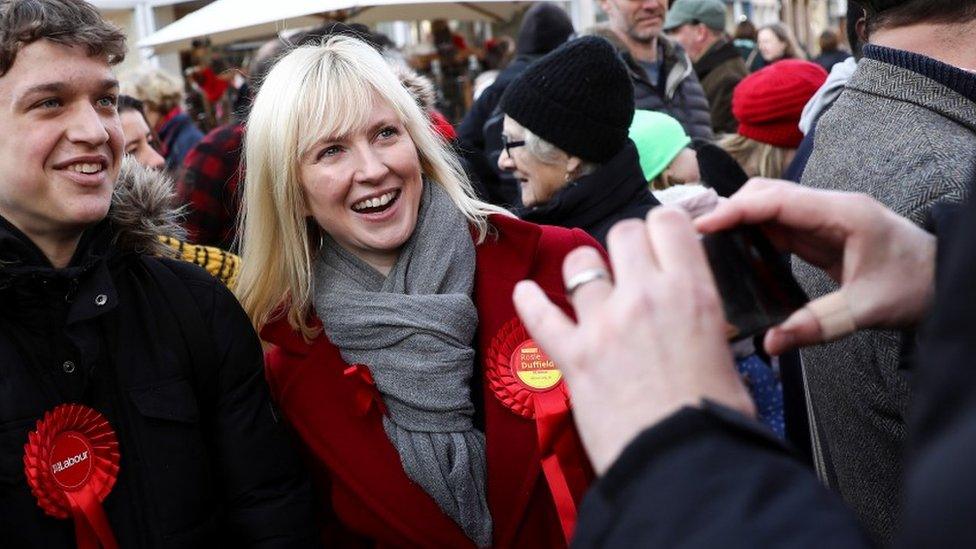
Rosie Duffield increased her majority to 1,836
The Conservatives have beaten Labour in its traditional heartlands and strengthened elsewhere. But in the city of Canterbury Labour's Rosie Duffield bucked the trend and increased her majority in the once marginal seat. How?
On a grey and grim polling day, long queues formed on a university campus in Canterbury, external and another in the city centre, close to a second campus.
The council running the polling stations called in extra staff and organised a bigger room to help get the students out of the rain.
A few hours later, it was announced that Labour's incumbent MP Rosie Duffield had turned a majority of just 187 into 1,836. The chart below shows the full vote share breakdown. And turnout rose from 72.77% in 2017 to 75.3% two years later - defying a national dip.
So, are the students who queued in the rain responsible for her victory? Canterbury's two universities have a sizeable impact on the city's make up.
More than 16,500 students are registered at the University of Kent's campus, while Canterbury Christ Church University has an estimated 15,300 on its books.
Meanwhile, census data says one in four workers - or 14,000 people - are employed in the education sector - compared to one in 10 across Kent as whole.
'European influence'
University of Kent students Xavier Hennessy-Vass and Wolf Acker, both 21, voted Labour.
Mr Hennessy-Vass said university students "definitely won [Ms Duffield] the election".
He said he "definitely was backing Jeremy [Corbyn]" when he placed his vote, adding: "Probably for me it was more the national picture, but I knew this was a marginal seat.
"This was one that could make a big difference."
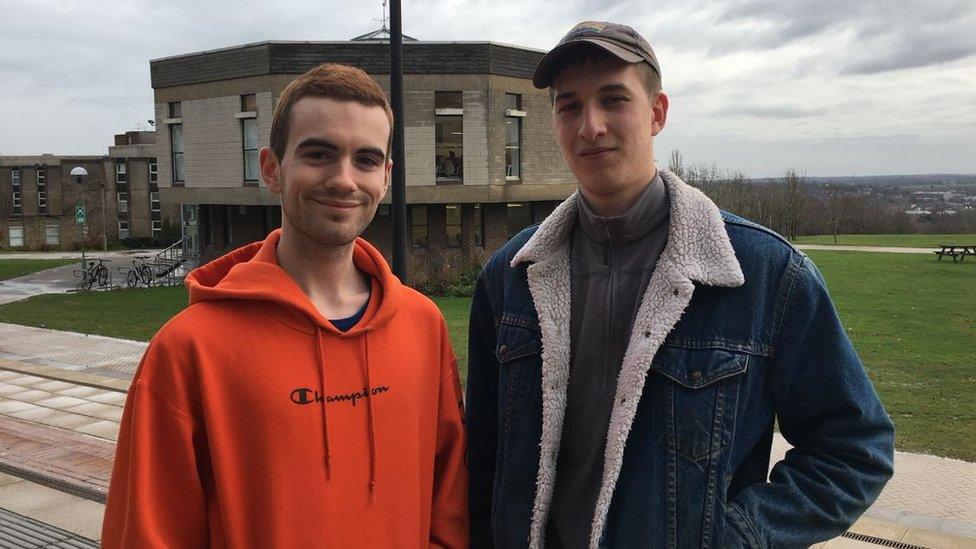
Wolf Acker (right) voted in marginal Canterbury rather than his home town of Lewes
Mr Acker said he voted Labour mainly to oppose Brexit.
"I could have voted in Lewes, my home town, but that's pretty much guaranteed Tory in this election so I decided to cast my vote here, because I knew it was marginal," he said.
The university had a "huge European influence" and he said he believed that would have influenced a lot of students' votes.

Extra polling station staff were called as students queued to vote in the rain
Lib Dem candidate Tim Walker stepped down on 12 November, fearing he would split the remain vote and allow a Tory win.
Reacting to the increased majority, he told the BBC that "voters in the constituency can take great pride in the way they put traditional party allegiance to one side and pulled together to get the result that the overwhelming majority wanted".
The party replaced Mr Walker with Claire Malcomson, who won just 5.7% of the vote. The Green Party did not field a candidate.
Shortly after the result was announced, Ms Duffield thanked the the two rival parties' supporters for "coalescing behind me".
"I think one of things that tipped the balance for me was that coalition of votes and the other parties lending me their votes," she said.
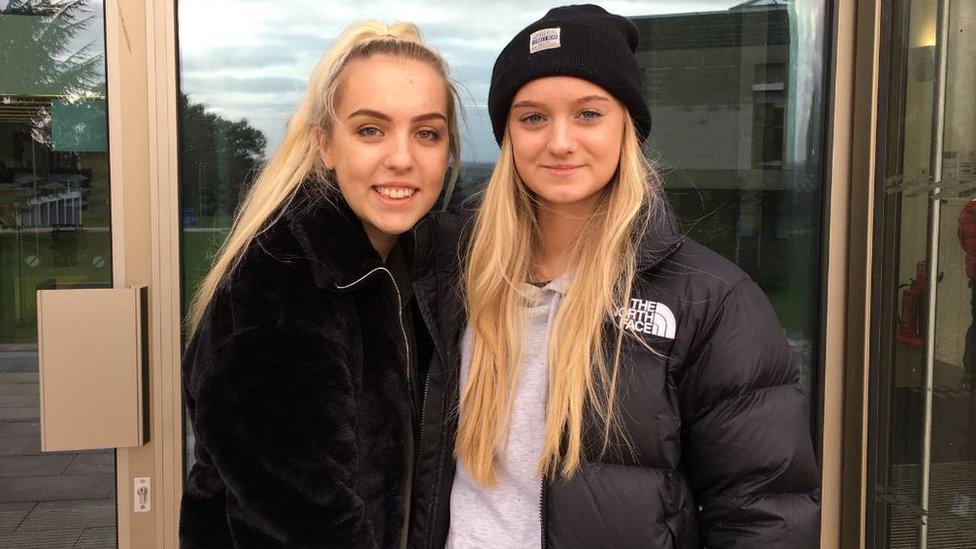
Molly Wade (left) said she felt like a minority voter by opting for the Conservatives
Business and German student Amy Ratcliffe, 19, voted Labour on campus.
She had wanted to vote Lib Dem, she said, but knew it had become a two-horse race, adding: "I'd rather Labour over Conservative, so that's why I tactically voted for Labour."
Her friend Molly Wade voted Conservative, because she did not trust Labour on security, adding: "I can't ever vote for Jeremy Corbyn."
They both said Labour was the dominant force on their social media channels and on campus.
Ms Wade said: "I feel like I'm a minority. No-one I know has voted Conservative."
She added that she feared she would be labelled a "racist or Islamophobic" for her choice.
If you cannot see the graphic above, click here., external
On Friday, the campus was still littered with "Vote Labour" stickers and flyers imploring students to "vote Remain; vote Rosie Duffield".
Sasha Langerveldt, president of the politically-neutral student union, said the student vote "definitely impacted in a huge way".
She said candidates were at pains to woo potential voters on campus, adding: "From the last election I think they have realised they can't sleep on the student vote.
"They have to engage."

WHO WON IN MY CONSTITUENCY? Check your result, external
NATIONAL PICTURE: The result in full, external
ALL YOU NEED TO KNOW: The night's key points
MAPS AND CHARTS: The election in graphics, external
LAURA KUENSSBERG: Same PM, new map
BREXIT: What happens now?
IN PICTURES: Binface, a baby and Boris Johnson

- Published13 December 2019
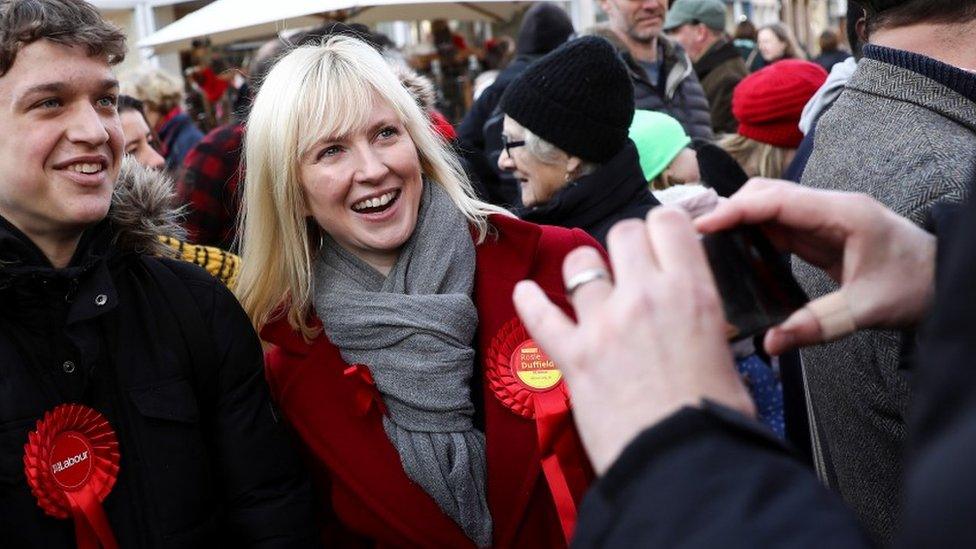
- Published13 December 2019
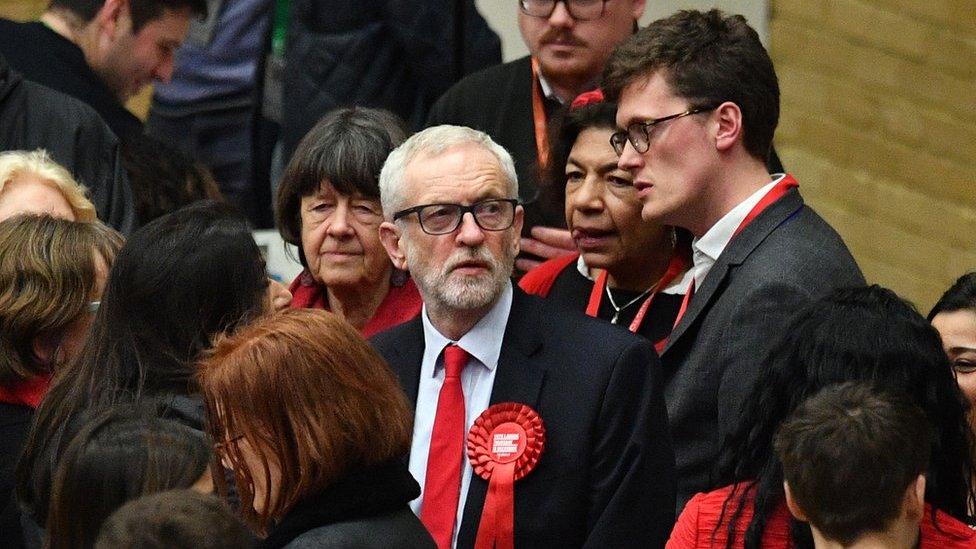
- Published14 December 2019
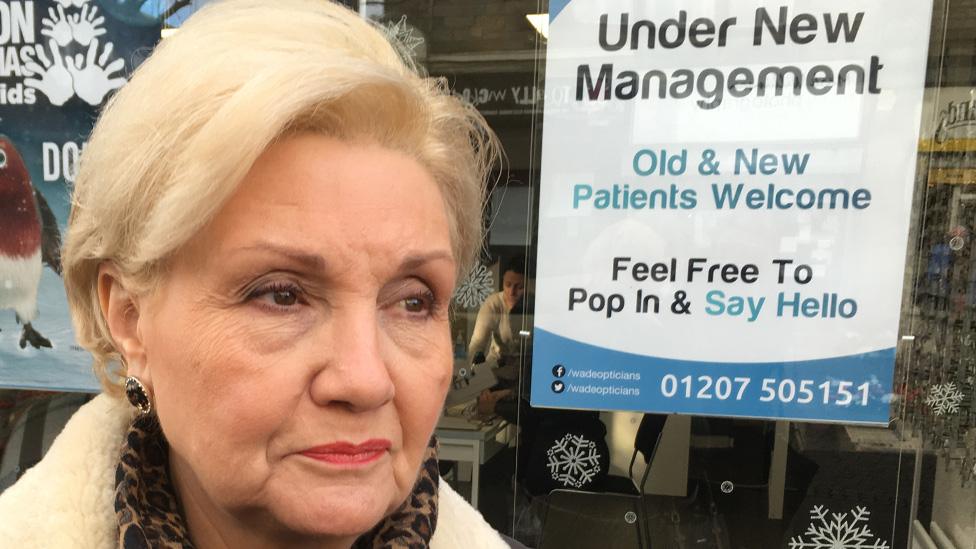
- Published13 December 2019
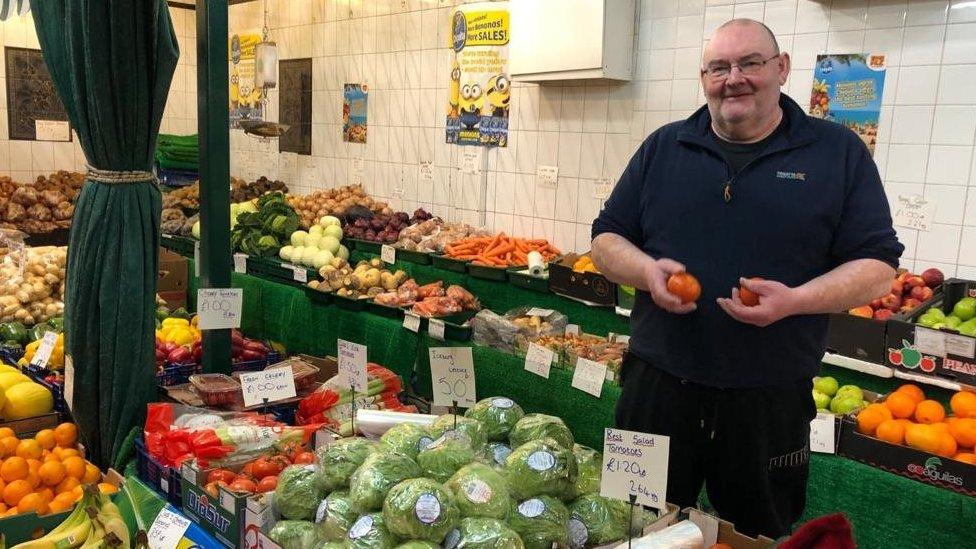
- Published13 December 2019
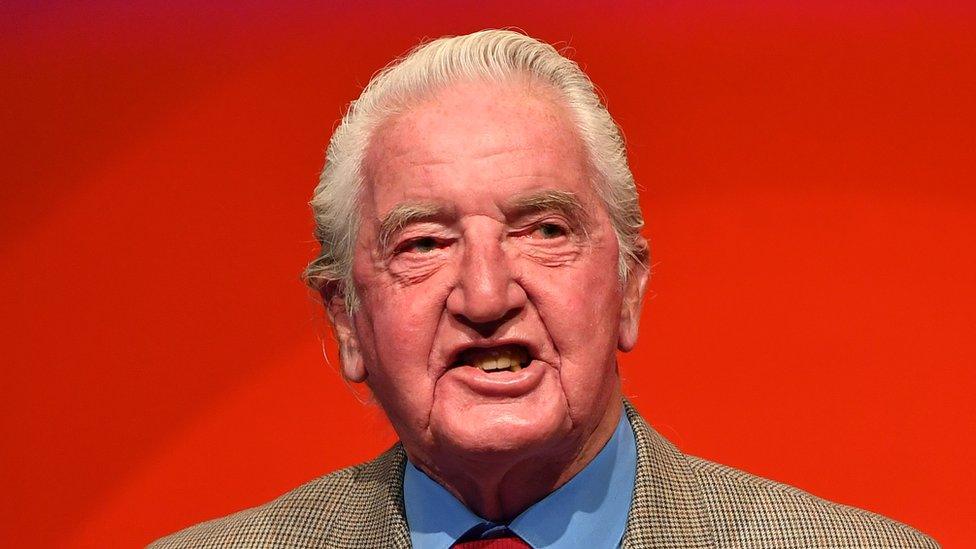
- Published13 December 2019
